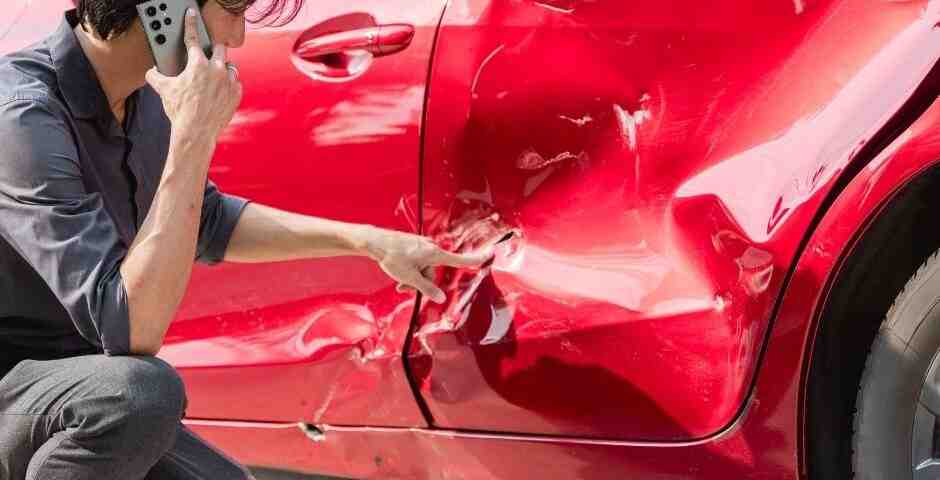Reflexes and Car Accidents – What’s the Relationship?

Broth Vs Stock
November 18, 2025
A Cheap Effective Sleep Hack
November 18, 2025- Accident doctor
- accupuncture
- airplane headache
- alzheimer's
- best habits
- Brain Injuries
- car accident
- car accidents
- cervical strain
- colds
- concussion
- Concussions
- disc bulge
- dosage meds
- dry needling
- dull pain
- E bike injuries
- florida
- good posture
- headaches
- Headrest positions
- Headrest positions after an accident
- Healthy choices
- Healthy flying
- healthy gift guide
- Healthy SPring Ideas
- hip pain
- hyperextension
- injury doctor
- insurance
- Kayaking
- kentucky
- kids motion sickness
- lifestyle
- motion sickness
- neck injury
- no fault insurance doctor
- noise healing
- osteoporosis
- pain symptoms
- pink noise
- posterior chain
- posture
- prevent osteoporosis
- Rest
- Scoliosis
- shoulder pain
- Stress with kids after a motor vehicle accident
- TBI
- tips
- tmj
- torn muscle
- Traumatic Brain Injury
- trigger points
- VitaminD
- What are Post Traumatic headaches?
How Reflexes Relate to Car Accidents
Motor vehicle accidents (MVAs) can lead to a variety of health problems, some of which are not immediately obvious. At Chambers Medical Group, one of the highest rated car accident medical doctor care teams in Kentucky, our initial goal is to perform a thorough exam to uncover these hidden issues. One of those critical assessments involves a simple tap on the knee with a reflex hammer, a fast and non-invasive test that provides an immediate snapshot of nerve health and can reveal injuries that pain alone does not expose. In Kentucky, where over 35,000 MVA injuries are reported yearly, these simple checks are an essential part of every comprehensive post-crash examination. Dr. Aaron Workman discusses five reasons reflex tests are worth the 30 seconds they take.
- Hidden Nerve Compression
Whiplash or seat-belt jolts can squeeze spinal nerves without breaking bones. A weak knee reflex might mean a bulging disc is pressing on the nerve root. Catching this early lets your therapy start before pain turns chronic and limits movement.
- Spinal Cord Trouble
Reflex testing can help doctors identify potential spinal cord injuries immediately after a crash. Overactive reflexes (hyperreflexia) or an abnormal reaction called ankle clonus can indicate a stretch injury to the spinal cord. These signs can appear within hours and even before your swelling reaches its maximum so that reflex response may signal the need for advanced imaging and protective care to prevent further harm to the body.
- Concussion Impact
A jolt to the brain can affect neural pathways, sometimes resulting in slower reflexes. If a patient notes typical concussion symptoms such as dizziness or foggy thinking, sluggish or uneven reflex responses on physical examination provide objective signs to support the diagnosis.
- Guide Safe Return to Work
Everyone’s pain can be different for the same type of injury. This makes reviewing their ability to perform everyday work or home tasks an important part of their functioning. An abnormal reflex, such as a missing ankle response, directly impacts reaction time and could make it unsafe for a patient to perform critical tasks, like pressing the brake pedal quickly enough to avoid a collision. Documenting “normal” is also important as it can help establish part of the bigger picture of returning to work or specific daily activities. It is another tool we can rely on to help with overall safety for the patients.
- Medical and Legal Records
These are one of many findings that are documented and kept on file for future reference when needed. Whether it is for legal or insurance reasons, the small details can have an impact. The scaling of reflexes (0 = no reflex, 4+ = reflex that will kick you) creates a paper trail that helps follow MVA injuries. I often find this test not performed during initial ER visits, so establishing a comprehensive baseline for your nerve health is an important step.
The simple reflex test is a powerful, essential tool in a post-MVA assessment. It provides objective information that helps the doctors at Chambers Medical Group link together different hidden neurological issues ranging from small nerve impingements to spinal cord injuries or severe concussion impacts. It is quick, easy to perform and can aid in decisions for safe activities or return-to-work. If you have been in a motor vehicle accident, having a comprehensive examination is a critical step to understanding the full scope of your injuries and making your way through recovery. Find a Chambers Medical Group near you and schedule a thorough evaluation today!
— This article is written by Aaron Workman, DC, one of the members of Chambers Medical Group’s team of car accident chiropractors who offer a variety of treatments and therapies ranging from diagnostic testing to various soft tissue therapies for car accidents and injuries in Kentucky.




